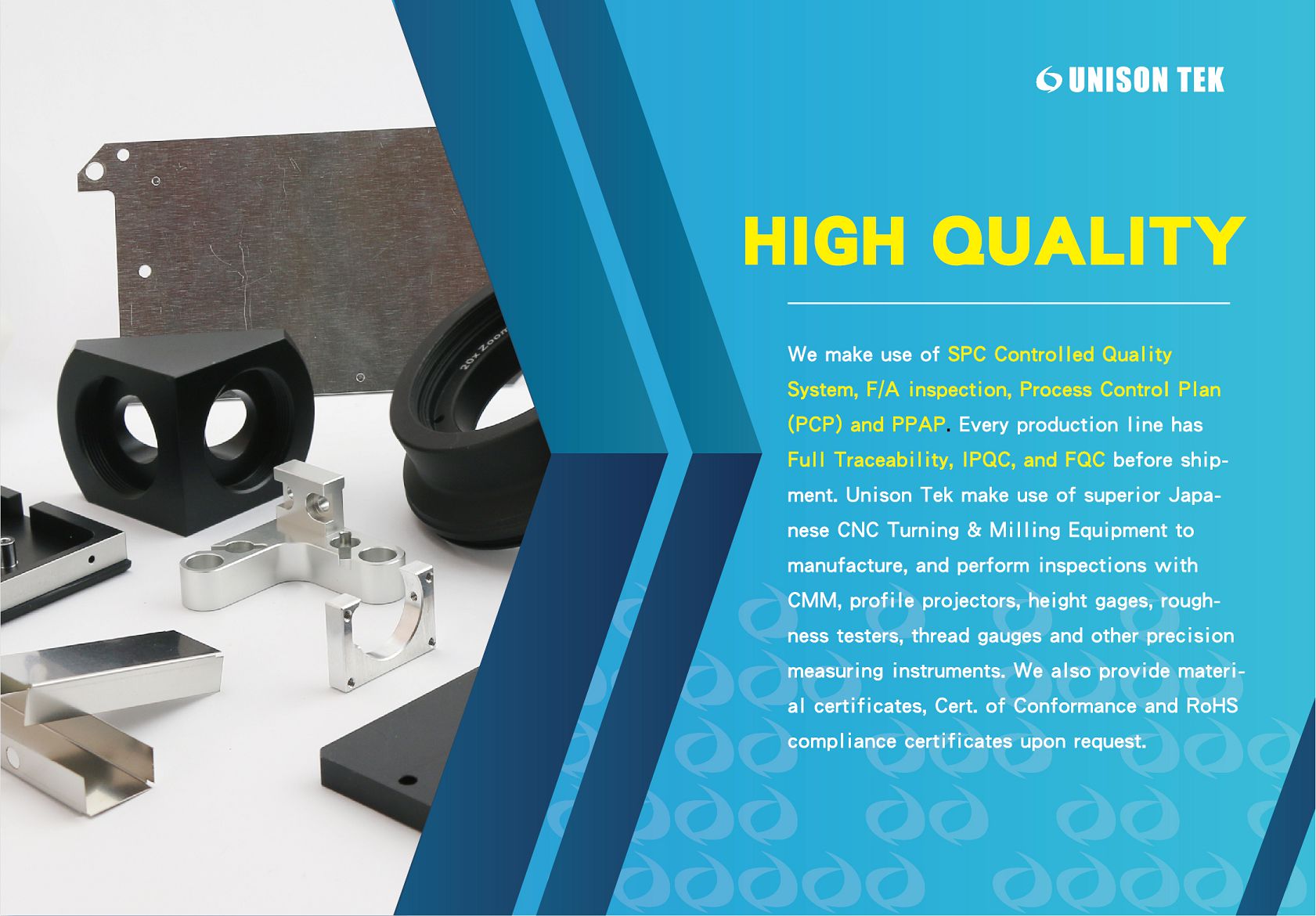CNC Programming sheet metal components on a CNC punch press
Computer numerical control (CNC) stamping is a metal sheet manufacturing process performed by a CNC punch. It can be a single head and a tool rail design or a multi-tool turret design.
The CNC punch is basically programmed to move the metal plate in the x and y directions to accurately position the plate under the punching punch of the machine, ready for punching or forming.
Most CNC presses range from 0.5mm to 6.0mm thick and include steel, zinctec, galvanized, stainless steel and aluminum.
The choice of punching can be as simple as a circle or rectangle until a special shape to suit a particular cutting design.
Complex metal sheet part shapes can be produced by using a combination of click and overlap geometries.
Things to remember when designing for CNC Punching of sheet metal
CNC programming is a computer-aided manufacturing (CAM) aspect of CAD/CAM cycles. Information about the design can be presented in 2D format, such as a DXF or DWG file or a 3D file format.
This information is then used to create flat sheet metal pressure and assign the correct tool to create the required components. The software can also be used to create the most efficient component layout from a given size of metal plate (called a CNC nest).
Obviously, the more components that can be produced from a single sheet of metal, the cheaper each CNC punching assembly. Ideally, the hole diameter should be no less than the material specification of the metal plate for CNC punching.
For more information on all our standard CNC punching service, please feel free to e-mail [email protected]
See our Facility and Inspection Equipment
